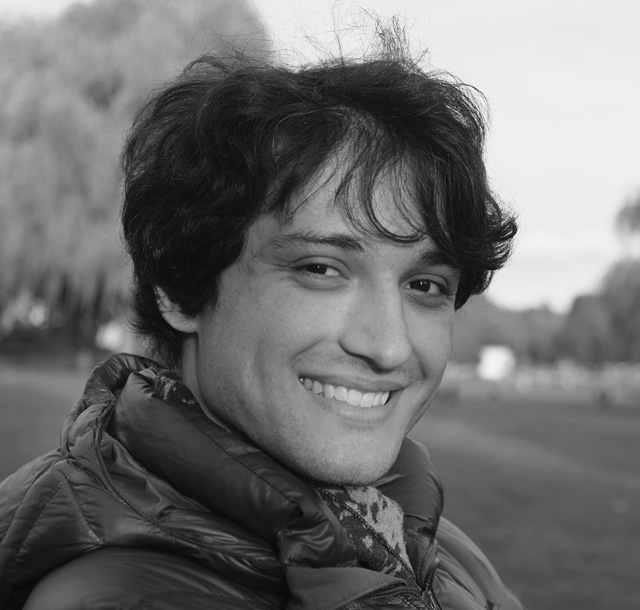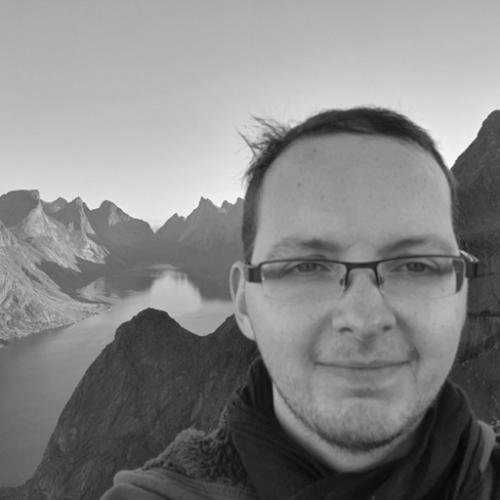About
Distant Luminosity is a photographers collective specialized in astronomical photography based in Heidelberg, Germany.
Distant Luminosity
Background and Philosophy
Astronomy is considered one of the oldest sciences. The invention of the telescope made it possible to observe distant galaxies, nebulae and the planets in great detail. Limited to the sight of the eye, however, early astronomers were only able to preserve astronomical observations through drawings. This changed with the development of photography. Since then, long exposures have made it possible to take even deeper views into the universe.
Our goal is to capture these impressions for the general audience, and thus create a greater understanding of astronomy and interest in the exploration of our cosmos.
Since cameras allow us to collect light from faint sources as well as light that is not visible to the human eye, astronomical data has to be interpreted by the means of processing. Here our primary objective is to visualize the physical nature of each astronomical object by creating an authentic impression and uniting science with art.
Finished projects
Total Exposure Time (h)
Gigabyte of astronomical Data
Photographers
Members of Distant Luminosity

Jan Beckmann
Jan Beckmann is a physics graduate specialized in extragalactic astronomy at the University of Heidelberg. Besides his scientific work, Jan has always been interested in bringing astronomical objects and their peculiar physical features closer to the attention of the public. For many years he has been involved in mentoring astronomy groups encouraging people to get involved in astronomy. Since 2014 he has used almost every clear night stargazing or doing astrophotography.
Julian Zoller
Julian Zoller is a medical doctor at the University of Heidelberg. His interest in astronomy began early in his childhood influenced by his father. In 2011 he began observing and capturing objects inside and outside of our galaxy from an amateur observatory close to Heidelberg. Since then he has dedicated himself to postprocessing and creating detailed images of galaxies and planetary nebulae.

Lukas Eisert
Lukas Eisert is a PhD student at the Max Planck Institute for Astronomy, working in the field of theoretical galaxy evolution. Originally starting with aurora photography, he discovered his interest in deep sky astrophotography in 2016 as counterpart to the more theoretical studies. Since then he continuously improved his equipment with a focus on distant galaxies, aiming at the ultimate goal of ownging a fully automatic robotic observatory.

Maximilian Häberle
Maximilian Häberle is a PhD Student at the Max Planck Institute for Astronomy. He is involved in several instrumentation projects and helps to built the next generation of professional telescopes and instruments for the observatories in Northern Chile. In addition he is searching for black holes in globular clusters. Max is a passionate photographer since more than 10 years and strives to unlock the full potential of his equipment also on the night sky.

Jan Eberhardt
Jan Eberhardt is a PhD student at the Max Planck Institute for Astronomy in Heidelberg, studying the discovery and dynamics of exoplanets. Having developed a passion for photography and astronomy in his childhood, Jan started with observational astronomy and is now focusing on Solar imaging.
